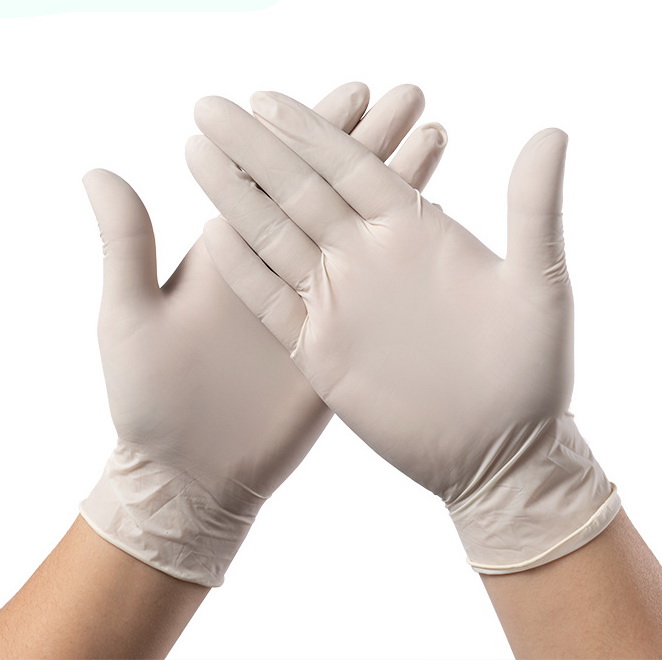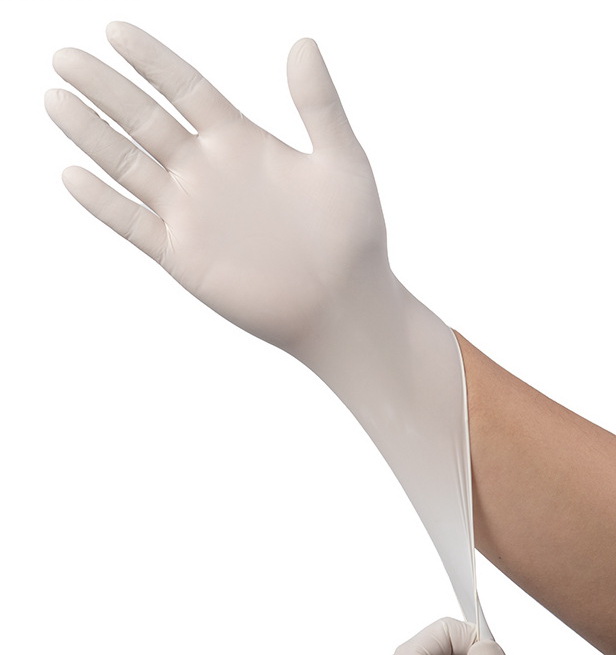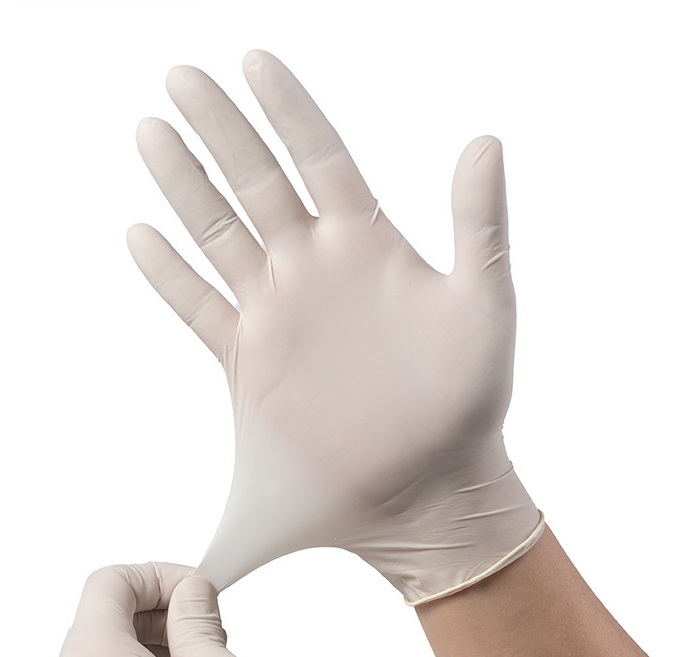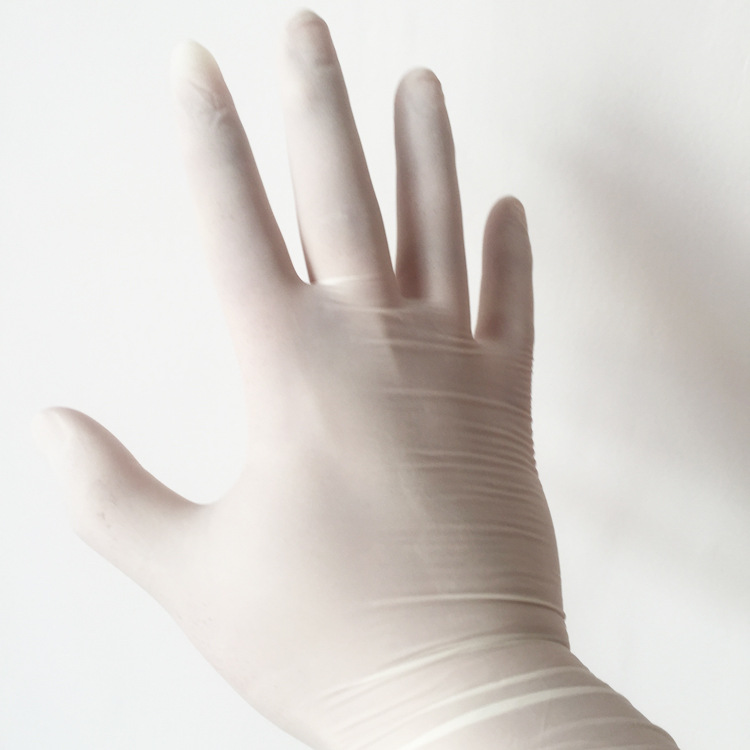As a pilot province for comprehensive medical reform in China, 11 provinces including Shanghai, Zhejiang, Jiangsu, Anhui, Fujian, Hunan, Chongqing, Sichuan, Shaanxi, Qinghai and Ningxia actively explored various forms of medical association construction to promote the establishment of reasonable Orderly graded diagnosis and treatment have laid a solid foundation. The development of medical associations is an important part of deepening medical reform. It is an important measure to integrate medical resources in the region, promote the sinking of quality medical resources, improve the ability of primary medical services, and improve the medical service system. It is to promote the establishment of a rational and orderly diagnosis and treatment model. important content. The 11 pilot provinces of comprehensive medical reform actively explored the construction of medical associations with urban medical groups, county medical communities, inter-regional specialist alliances and telemedicine collaboration networks as the main methods, guiding the formation of a scientific division of labor coordination mechanism and smoothness within the medical association. Referral mechanism. First, Shanghai At the city-level level in Shanghai, the organization structure of the medical association, the functional orientation of the member units, the construction of the regional information platform, the signing of the residents in the medical association, and the two-way referral system have been usefully explored, mainly including “3+2+1†(ie, three Regional comprehensive hospitals, secondary comprehensive hospitals, several community health service centers) and regional doctors of “3+1†or “2+1†(ie, tertiary or secondary comprehensive hospitals and several community health service centers) A consortium and a specialist medical association formed by the collaboration of specialists. As of September 2017, Shanghai has established a total of 47 regional medical associations, and relies on the Children's Hospital of Fudan University, Shanghai Children's Medical Center, Shanghai Children's Hospital, Xinhua Hospital, Ruijin Hospital and other three-level children's specialist hospitals or superior hospitals. In the city, the five major pediatric medical associations of “East, South, West, North and China†were constructed. Second, Jiangsu Province Jiangsu Province defines the regional medical service system framework, total resources and structural layout requirements. In the county area, we will focus on the implementation of county-level integrated medical care reform, with the integration of people, finance, materials, services, information and management as the core, and establish a division of labor coordination mechanism and two-way referral green channel between county-level hospitals and primary-level medical institutions. In the city, with technology, talent, management, and interests as the link, vigorously develop the medical association. First, the vertical integration of urban integration. There are four main modes: the grouping model with assets or management as the link; the medical cooperation model based on technical cooperation; the merger and integration between medical institutions; the overall merger model of the full integration of assets of medical institutions; Entrusted management mode of entrusted management of the organization's administrative, personnel allocation and business management decision-making powers. The second is the vertical integration of county medical institutions with the integration of people, finance, goods, services, information and management as the core. The third is the joint cooperation between urban large hospitals and county-level hospitals based on technical cooperation and resource sharing. The fourth is a loose provincial medical institution alliance with technology, services, management and other factors as the link. As of July 2017, there were 126 urban regional medical groups, 144 county-level medical service integration groups and 37 specialist alliances. Third, Zhejiang Province Zhejiang Province has achieved the goal of all three-level public hospitals participating in the construction of medical associations, with a focus on promoting the vertical integration of “provincial (city)-county-township†integration. The first is to strengthen the construction of close medical associations, based on comprehensive custody, key custody, and special custody, to build a close-knit medical association established by 122 county-level hospitals and 54 provincial and municipal level A hospitals. The second is to establish 218 county medical associations such as coordinating staff allocation, salary distribution, resource sharing, and medical insurance payment. The third is to build a city “1+X†(that is, a three-level public hospital as the core, combined with several city secondary hospitals, rehabilitation hospitals, nursing homes and community health service centers) 158 medical associations. Established the Zhangzhou Medical Association Reform Demonstration Zone of Zhejiang University, and established 6 close-up medical associations with 16 municipal and county-level public hospitals and related township health centers (community health service centers) in Zhejiang University. body. 526 different types of medical associations have been built, covering 130 third-grade public hospitals, 122 county-level hospitals and township health centers. Fourth, Anhui Province Anhui Province has mainly formed a medical association with technical cooperation as the main body and a county medical community with the unified management of people, finance and materials. Specifically: First, a tertiary hospital or a regional medical center hospital is the lead unit, and a joint secondary hospital and community health service organization will form 193 urban medical associations. Second, taking the city's tertiary hospital as the leader, combined with county-level hospitals to form urban-rural medical associations, 17 provincial hospitals and 43 tertiary hospitals, 127 secondary hospitals, and 75 first-level hospitals have established cooperative relations. The third is to actively promote the experience of the medical community in Tianchang City. The construction of medical community has been carried out in 90% of counties (districts), covering 96% of the participating population. The fourth is to make full use of high-quality nursing resources to innovate and implement the construction of urban medical associations. With high-quality nurses as the link, the health of the "three types of people" (elderly, maternal, infants and young children), "four types of diseases" (hypertension, diabetes, mental illness, stroke rehabilitation) - diagnosis and treatment - rehabilitation continuity Focus on personalized services, deepen the family doctor contract, community first consultation, appointment referral, two-way referral continuous service process, establish a shared responsibility and benefit sharing mechanism between urban hospitals and community health service centers. V. Fujian Province Fujian Province started the pilot project of medical association construction at the provincial, city and county levels in October 2015, and actively explored county-level vertical medical associations and county-level horizontal medical associations that implemented county-level integration management and rural integration management. Body mode. Jiangle County and Youxi County of Sanming City have basically formed the organization of the general hospital, the integration of personnel and departments. Fuzhou City, Xiamen City, Ningde City, Putian City and Longyan City are all in the municipal district with “3+1†(ie 1 tertiary hospital + 1 community health service center) or “3+2+1†(ie 1 The family level hospital has +1 district-level hospitals and +1 community health service centers) to form a medical association. Longyan City raised more than 10 million yuan to build the “Internet + grading diagnosis and treatment†project, and established network clinics at the city, county and township levels in 30 central health centers in the city. Putian City has established 3 municipal medical imaging diagnosis centers based on 3 top three hospitals, and all the township hospitals have medical imaging examinations and tertiary hospitals to realize remote reading consultation functions. As of June 2017, the province has built 302 medical associations at all levels, including 21 medical groups, 9 medical communities, 10 specialist alliances and 23 telemedicine collaboration networks. 6. Hunan Province Hunan Province has launched a multi-form and multi-type medical association construction. First, through the establishment of three platforms, namely, counterpart assistance, homogenous training, and telemedicine, the linkage mechanism between medical institutions at all levels will be promoted. The city's tertiary hospitals “keke to the department†accurately assisted 40 poverty-stricken county-level hospitals to focus on the construction of 200 clinical specialties. Established 94 telemedicine collaboration networks covering more than 1,000 primary care units. The second is to promote the deep integration between medical institutions at all levels through the construction of three systems: urban medical associations, county medical communities, and specialist alliances. Seven municipal hospitals in Changsha and 29 grassroots medical and health institutions have established close medical associations, and the municipal finance subsidizes 300,000 yuan for each medical association. Third, Taojiang County has explored the practice of building a medical association with the core of “three-three-three sharing†(that is, systemization of talent cultivation, precision of technology development, integration of management models, sharing of resources, sharing of brands, and sharing of culture). A total of 194 medical associations have been established in the province, including 7 medical groups, 68 county-level medical communities, 25 specialist alliances, and 94 telemedicine collaboration networks. 7. Chongqing City Chongqing has realized the full coverage of the district (county) medical associations, focusing on the participation of non-public medical institutions. Through the establishment of three mechanisms of internal collaboration, resource sharing and talent mobility, the four medical association models have been initially formed. The first is to form a medical group. The “1+3+11†(ie, the hospital headquarters + 3 directly affiliated villages + 11 district/county hospitals) represented by the First Affiliated Hospital of Chongqing Medical University has formed a city-intensive medical group. The second is to establish a medical community. District (county) People's Hospital (Chinese Medicine Hospital) and community health service center, township hospital group built a district medical community, a total of 100 medical community. The third is to form a specialist alliance. The “Western Pediatric Union†covering 10 provinces and cities in the west, represented by the Children's Hospital affiliated to Chongqing Medical University, was established, with 118 member hospitals. The fourth is to develop a telemedicine collaboration network. The telemedicine collaboration represented by the Second Affiliated Hospital of Chongqing Medical University and the Wushan County People's Hospital went online and operated the remote radiotherapy planning system and the first Sino-US teleconsultation system in Chongqing. There are 160 remote cooperative hospitals at all levels (34 at the second level and above), covering 36 districts (counties) in the city, radiating to provinces such as Qiong, Sichuan, Yunnan, Tibet and Shaanxi. The city has built 134 medical associations, and the rate of medical treatment in the county has reached more than 85%. Eight, Sichuan Province Since 2015, Sichuan Province has successively issued the “Guiding Opinions on Standardizing the Construction and Management of Medical Complexesâ€, “Notice on Further Strengthening the Construction and Management of Medical Warfare Zonesâ€, “Implementation Opinions on Promoting the Construction and Development of Medical Complexesâ€. In the province, the city medical group, the county medical community, the specialist alliance, and the telemedicine collaboration network were established. The 16 provincial and ministerial leading hospitals signed a contract with 983 medical institutions to form a medical association, and 23 municipal leading hospitals signed a contract with 1,150 medical institutions to form a medical association. The use of large public hospitals such as Huaxi Hospital in the construction of regional medical associations has achieved the goal of functional positioning of medical institutions and clear division of responsibilities within the medical associations, the flow of talents, the sharing of resources, and the collaborative service of grading diagnosis and treatment. 9. Shaanxi Province Shaanxi Province has comprehensively promoted the construction of various forms of medical associations. In rural areas, with county-level hospitals as the leader, on the basis of medical and health integration of counties and towns, the medical and health institutions of the towns and villages are jointly constructed. In the city, a medical association led by a tertiary hospital, a secondary hospital, and a community health service center will be formed. Yan'an Medical Group promotes through the establishment of a tightly integrated “five operational mechanisms†(ie, a tightly integrated management operation mechanism, a separate operational mechanism for management, a sustainable operational guarantee mechanism, a talent training flow mechanism, and a scientific distribution mechanism). Quality medical resources are sinking. The Xi'an Group Hospital Lianhu District close-type medical association, in accordance with the "five unchanged, three unified, three strengthening" (ie, the community health service center functional positioning unchanged, the nature of public welfare unchanged, institutional settings, unit system, personnel identity unchanged The fiscal revenue and expenditure channels remain unchanged, the government's supervisory power remains unchanged; the personnel, finance, and business are managed in a unified manner; the public health work of the community health service center is strengthened, the basic medical services are strengthened, and residents enjoy the principle that the quality medical services are strengthened. Fully responsible for the management of community health service centers, and actively carry out family doctor contracting services and chronic disease management with one general practitioner, one public health doctor, one general nurse and one expert team model. The Medical Association of Yanta District, the First Affiliated Hospital of Xi'an Jiaotong University, adopts the method of medical association + general practitioners to provide high-quality and convenient medical services for the people in Yanta District through expert stationing, technical assistance and information sharing. The province has established a total of 101 medical associations, including 65 medical groups, 12 medical communities, 21 specialist alliances, and 3 medical collaboration networks, all of which achieve the goal of all three-level public hospitals participating in the construction of medical associations. X. Qinghai Province Qinghai Province has established a province-wide Chinese medicine medical association, and provincial-level tertiary hospitals have all participated in the construction of medical associations. Established five provincial medical clinics, imaging, oncology, pathology, ECG network and five specialist medical centers, and Xining City according to the "General Hospital - Branch - Township Health Center (Community Health Service Center) - Village Health The "four-level management model" of the first medical group. Haixi Prefecture actively promoted the work of close medical associations, selected Dulan County and Golmud City to form a medical community, and implemented personnel, business, finance, drug procurement, and asset and equipment integration management. The province has established 19 medical associations or medical communities led by city (state) hospitals or county-level hospitals, and 4 provincial-level regional medical associations and 5 professional disciplines and 5 provincial-level medical clinics. center. 11. Ningxia Hui Autonomous Region The Ningxia Hui Autonomous Region has successively established the Ningxia Medical University General Hospital Medical Group and the Autonomous Region People's Hospital Medical Group to build the Ningxia Chest Pain Alliance and the Ningxia Urology Alliance. Among them, Ningxia Medical University General Hospital Medical Group consists of 32 medical and health units and 5 non-health and health units, forming a combination of public and private, simultaneous development within the region and outside the district, comprehensive and specialist, hospitals and enterprises. Work together, cross-regional, multi-attribute, comprehensive architectural model. As of July 2017, 100% of the tertiary hospitals, 90% of the tertiary hospitals, 64% of the community health services, and 35% of the township hospitals have been included in the medical association. They have participated in the construction of four modes of medical associations. The formation mode and management methods of regional medical associations have been gradually standardized, and the basic medical and health service systems covering the grassroots are further consolidated. As of the end of July 2017, the city has built 50 urban medical associations.
Disposable latex gloves are divided into the following three levels. One is the powdered disposable latex gloves that are mostly used in the food industry. It is necessary to add them in the production process to prevent the gloves from sticking together and to facilitate wearing. It is important to note that there are good and bad cornmeal. We use food grade corn flour, otherwise it is not good for the user and the person being served. The second is the powder-free disposable latex gloves that are mostly used in the electronics and medical industries, because they are powdered when they are just produced, and the powder-free latex gloves obtained after our processing - washing with water. Third, they are mostly used in the precision electronics and medical industries. The purifying disposable latex gloves are made of powder-free latex gloves that have been washed with clean water and washed with chlorine again, and the cleanliness reaches a thousand grades.
Latex Gloves,Latex Disposable Gloves,Powder Free Latex Gloves,Latex Surgical Gloves Jiangsu Asbao Medical Technology Co., Ltd. , https://www.iigloves.com


